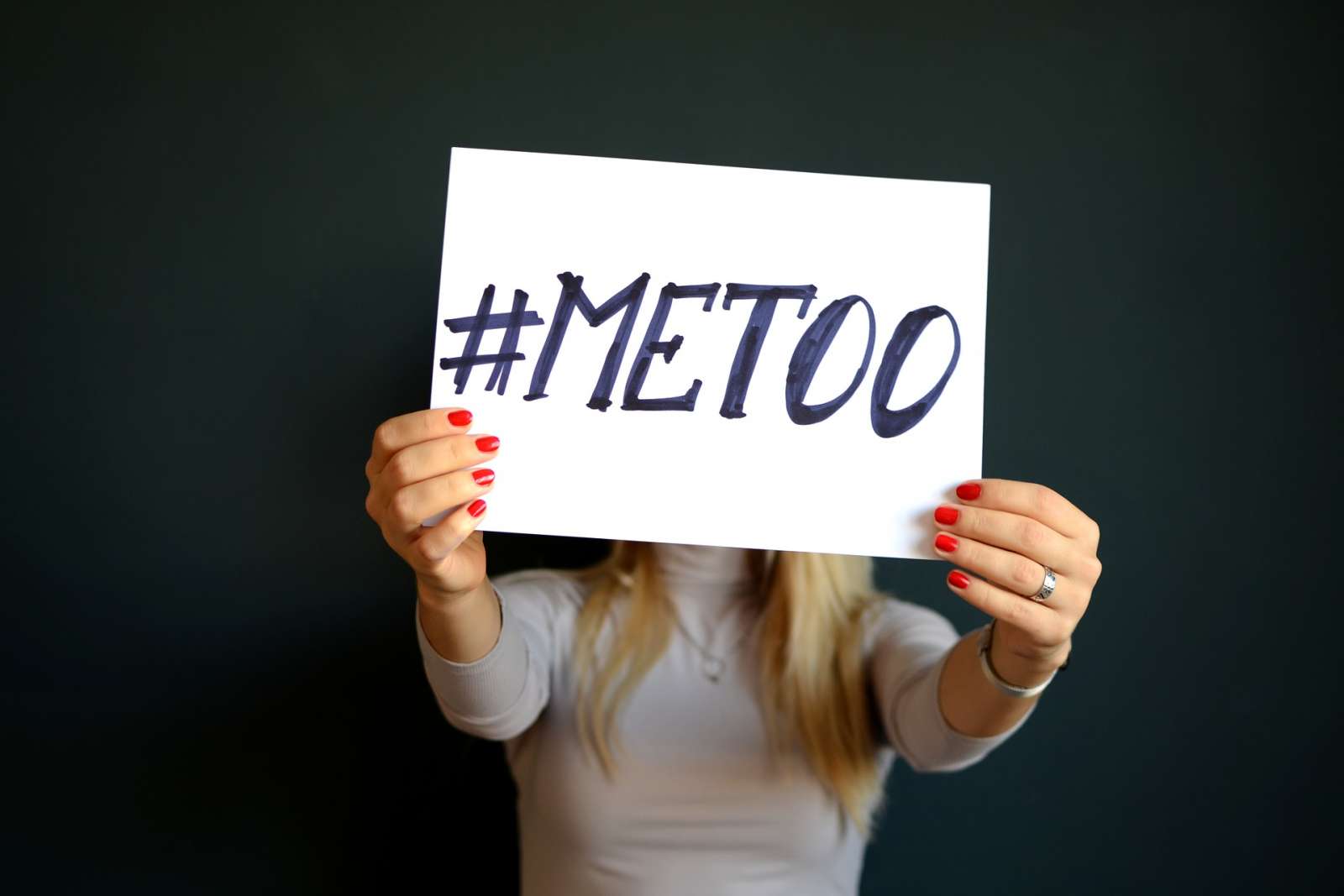By now, everyone is aware of the #MeToo movement, which began in October 2017 as a backlash against sexual harassment and sexual assault in Hollywood and the entertainment industry. The Equal Employment Opportunity Commission (EEOC), created as part of the Civil Rights Act of 1964, is the federal agency responsible for interpreting and enforcing federal laws prohibiting employment discrimination. In the last 50 years, the EEOC has undertaken substantial efforts to bring attention to, and remediate, workplace discrimination and harassment. In addition to handling administrative charges of discrimination, the EEOC offers a host of resources to employers and small businesses, including workplace training through its Training Institute and low-cost (or no-cost) education and outreach programs.
In June of 2016, after an 18-month study, the EEOC Select Task Force on Sexual Harassment in the Workplace reported that workplace harassment “remains a persistent problem” and frequently goes unreported. The Task Force recommended a change in training, noting that “even effective training cannot occur in a vacuum – it must be part of a holistic culture of non-harassment that starts at the top.” In response to this report, the EEOC “ramped up its efforts” related to workplace harassment, which culminated in the release of an innovative new training program in the fall of 2017, just as #MeToo was gaining ground. The new program, “Respectful Workplaces,” teaches skills for employees and supervisors to promote and contribute to respect in the workplace.
A few months ago, the EEOC released preliminary FY 2018 sexual harassment data, which showed an increase in charges and in EEOC activity. The following are just a few examples of the increased activity:
Charges filed with the EEOC alleging sexual harassment increased by more than 12% from FY 2017 – this is the highest level of sexual harassment claims since FY 2012;
The EEOC filed 66 harassment lawsuits, 41 of which included allegations of sexual harassment. This shows a 50% increase in suits alleging sexual harassment over FY 2017;
Overall, the EEOC recovered almost $70 million for the victims of sexual harassment through litigation and enforcement, up from $47.5 million in FY 2017; and
Hits on the EEOC’s sexual harassment page of the Agency’s website more than doubled in the past year.
Practitioners representing employers have the opportunity to help organizations ensure compliance through well-drafted policies, improve workplace culture, and promote awareness of potentially problematic circumstances or behaviors. This can be done through proactive training, ongoing advice and counsel at early stages of an emerging problem, advising the client to provide multiple reporting procedures in the case of a complaint, and having an open-door policy where all employees feel supported in bringing their concerns forward. Employers who take proactive steps with the assistance of counsel are much less likely to have the EEOC knocking at their proverbial door.
